The SteelSeries Arctis Pro Gaming Headset Lineup: GameDAC Or Wireless
by Brett Howse on March 13, 2018 9:00 AM EST- Posted in
- Headset
- Audio
- SteelSeries
- Accessories
- Arctis Pro
Arctis Pro Wireless
Since we’ve already gone over the wired model, there’s less to say with the wireless version, since it’s almost an identical design, but with wireless capabilities. From a design standpoint, it loses the RGB LED lighting that the wired model offers, to prolong the battery life. It adds buttons on the right speaker to turn on the set, and pair it with Bluetooth, and the right speaker cover is now a battery cover. Other than those changes, from a design standpoint, the Arctis Pro Wireless is identical to its wired model, with same speaker drivers with a 10 Hz to 40 Khz range, and the same ClearCast microphone. But, it has enough of its own features that it really brings its own take on the design.
While it’s the same externally, and carries the same drivers, the Wireless model doesn’t share the amazing DAC as the wired model, since the audio has to be transmitted to the headset digitally, so a DAC has to be built-in, and it’s not the ESS Sabre 9018.
SteelSeries offers plenty of choices for connection as well. The transmitter base station offers USB input, optical input and output, and 3.5 mm input and output. The headset itself also features the same proprietary cable connector as the Arctis Pro, and it ships with an adapter to 3.5 mm to you can connect directly to the headphones to avoid wireless altogether. You can also just connect a 3.5 mmm right to the headset if necessary. Finally, the headset also features a Bluetooth connection to pair with practically any mobile device. For Bluetooth, the Arctis Pro Wireless offers Bluetooth 4.1 with A2DP, HFP, and HSP profiles.
One of the coolest features is that you can listen to both the Bluetooth and the wireless audio at the same time, so you can stream your phone to your headset, use it to answer calls, and all the while be listening to audio from your PC or PS4.
If you’re on a PC, the best way to use the Arctis Pro Wireless is with the transmitter base station connected over USB. It, like the wired model, appears as two separate audio sinks in Windows, so you can mix your game and chat levels as necessary. The transmitter is 2.4 GHz, which might be an issue in some locations, but it’s lower latency than the Bluetooth connection. The transmitter also features an OLED display which can show the status of the batteries, volume, and more. The volume knob on the headset also is the same volume as the transmitter, unlike the wired model, and avoids any confusion. The transmitter is rated for up to 40 feet, and there was never any issue with range anywhere in the house.
One of the pain points I’ve had with wireless headphones is the battery, which is a tricky proposition. If you want long battery life, you generally need a very large battery, which adds mass to the headset. Then, when you’re done with your session, you need to either plug in the headset to power, or use a dedicated charging stand. That’s never been an elegant solution, and SteelSeries has decided to go with dual batteries instead, which works very well. The transmitter base station has a slot on the side to hold and charge one battery, while the other is in use. Then you just quickly swap them when it dies. It’s a solution that’s been used before by with the first use in gaming that I can recall is the Logitech G7 mouse, and it worked very well on that. On the SteelSeries headset, you just pop the magnetically attached right speaker cover off, and switch out the battery. After a couple of times, it only takes a few seconds.
You can also charge it directly using a micro USB connector on the bottom of the headset, in case you’re travelling and away from the base station.
The battery life has been pretty solid as well, and even at reasonable volume levels, it’s been very easy to get eight to ten hours out of the battery. The transmitter base station will display the battery level on the display, so you can quickly get an idea how much is left, but it would be nice to get a bit more warning as the battery is about to expire.
The headset also features a built-in equalizer, and much of the same functionality as the GameDAC unit itself. This makes it very portable, and no software is ever required to get the same audio quality anywhere you use the headset.
All wireless headsets have noise, which you’ll hear as a low-level hiss, and the Arctis Pro Wireless has this as well. It’s not distracting, but compared to the absolute silence of the wired model, it’s something you’ll notice.
Overall the wireless model fixes several of the pain points of wireless gaming headsets, which most notably is the battery charging, and the SteelSeries solution is fantastic. The functionality added to the transmitter including the EQ, chat mix, and more, really provides a lot more options for the owner than a typical headset would. It’s a great setup.


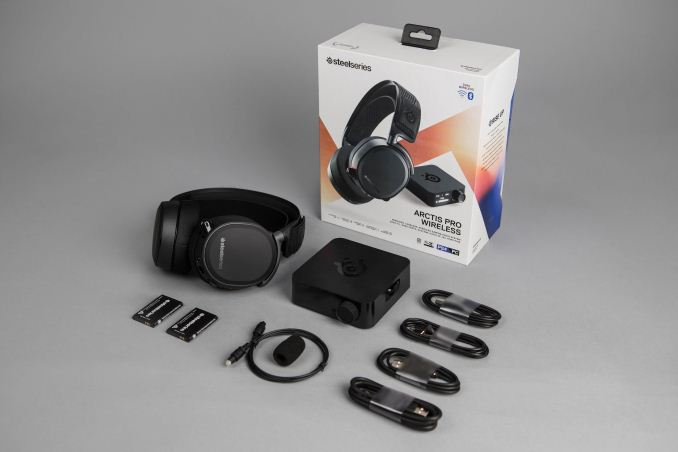
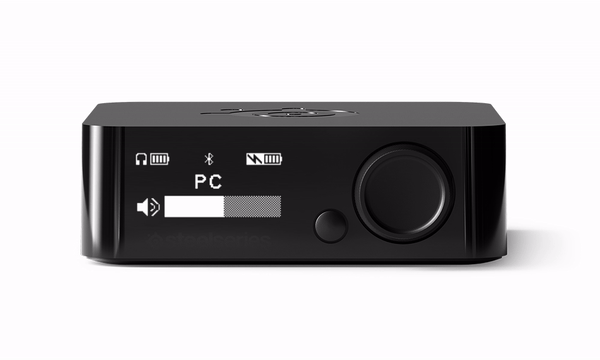
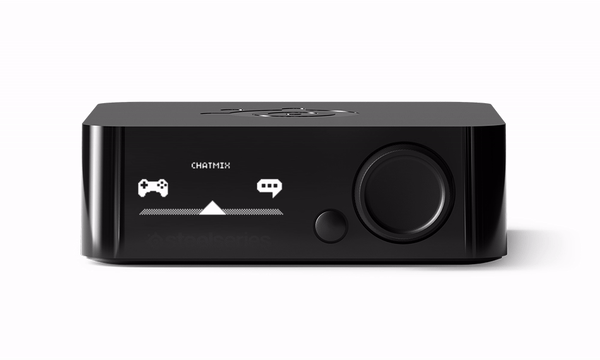
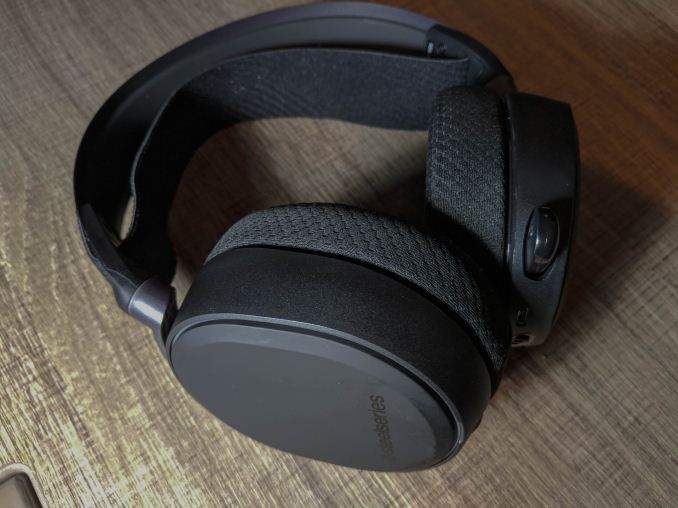
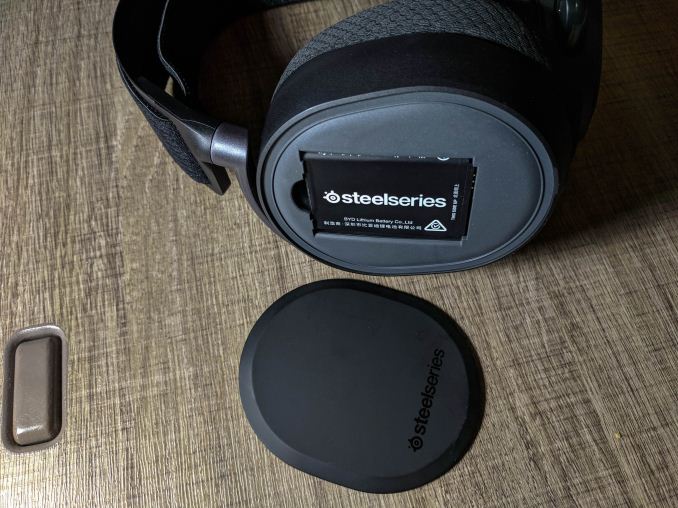








32 Comments
View All Comments
aleny2k - Sunday, April 1, 2018 - link
Thank you, Brett! That is exactly the information I was looking for. Keep rocking with more hands on and reviews of headphones / headsets in future!safari browser - Friday, March 30, 2018 - link
My headset of choice is the Sennheiser HD 598 SR open back headphones https://babasupport.org/browser/safari-customer-se...